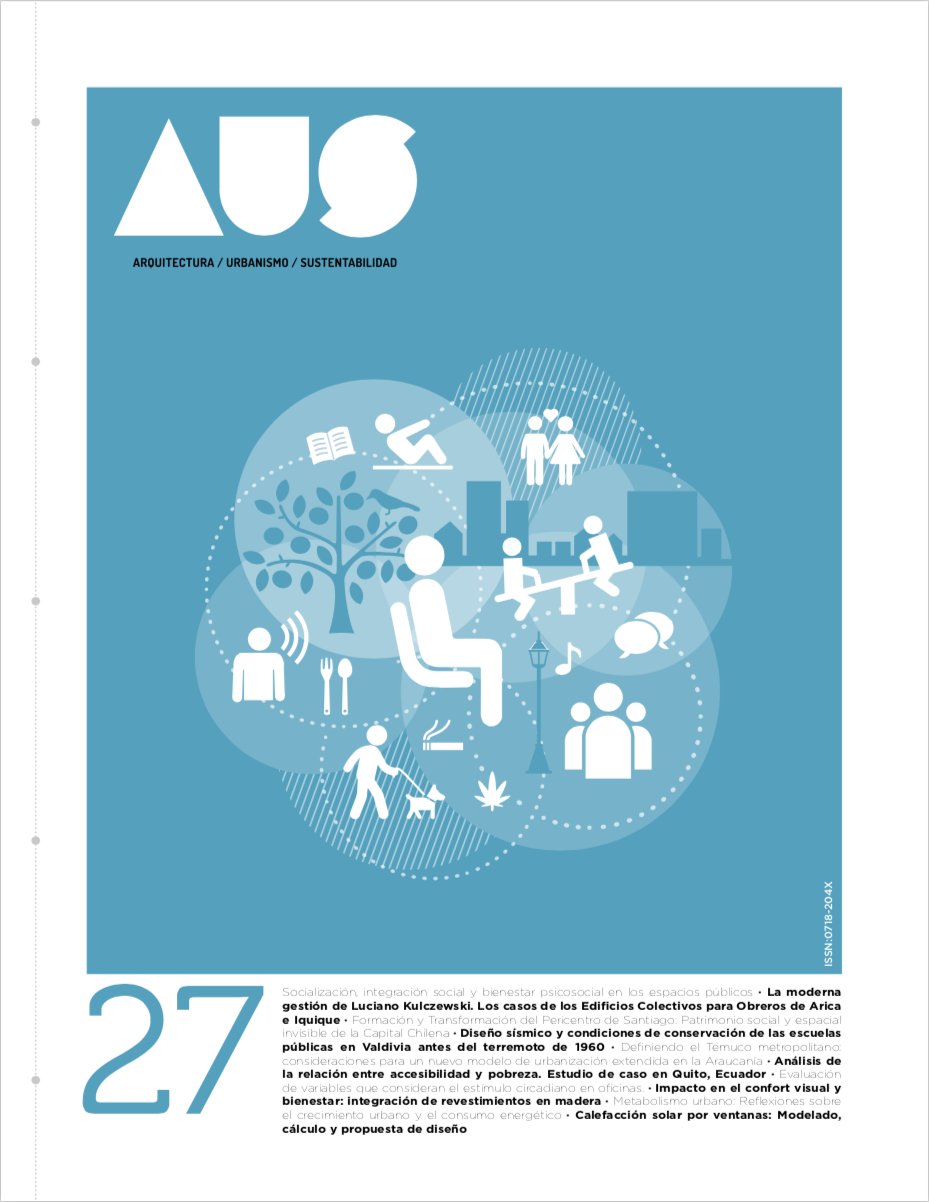Analysis of the relationship between accessibility and poverty. A case study in Quito, Ecuador
Main Article Content
Abstract
Understanding the relationship between poverty and accessibility to the heart of Quito’s hypercenter (Iñaquito) helps in the design of revitalization and/or consolidation strategies for urban downtown areas proposed by the City Council in September 2018. The ANOVA methodology and the Turkey analysis were used to address this relationship. Additional data from the 2010 Population and Housing Census and the city’s public transportation distances and densities were used. The results suggest that transport distances and densities between a Quito’s parish and its hypercenter impact the Multidimensional Poverty Index (MPI) of such parish.
Article Details
How to Cite
Herrero-Olarte, S., & Díaz-Márquez, A. (2020). Analysis of the relationship between accessibility and poverty. A case study in Quito, Ecuador. AUS - Arquitectura / Urbanismo / Sustentabilidad, (27), 50–58. https://doi.org/10.4206/aus.2020.n27-07
Issue
Section
Artículos

